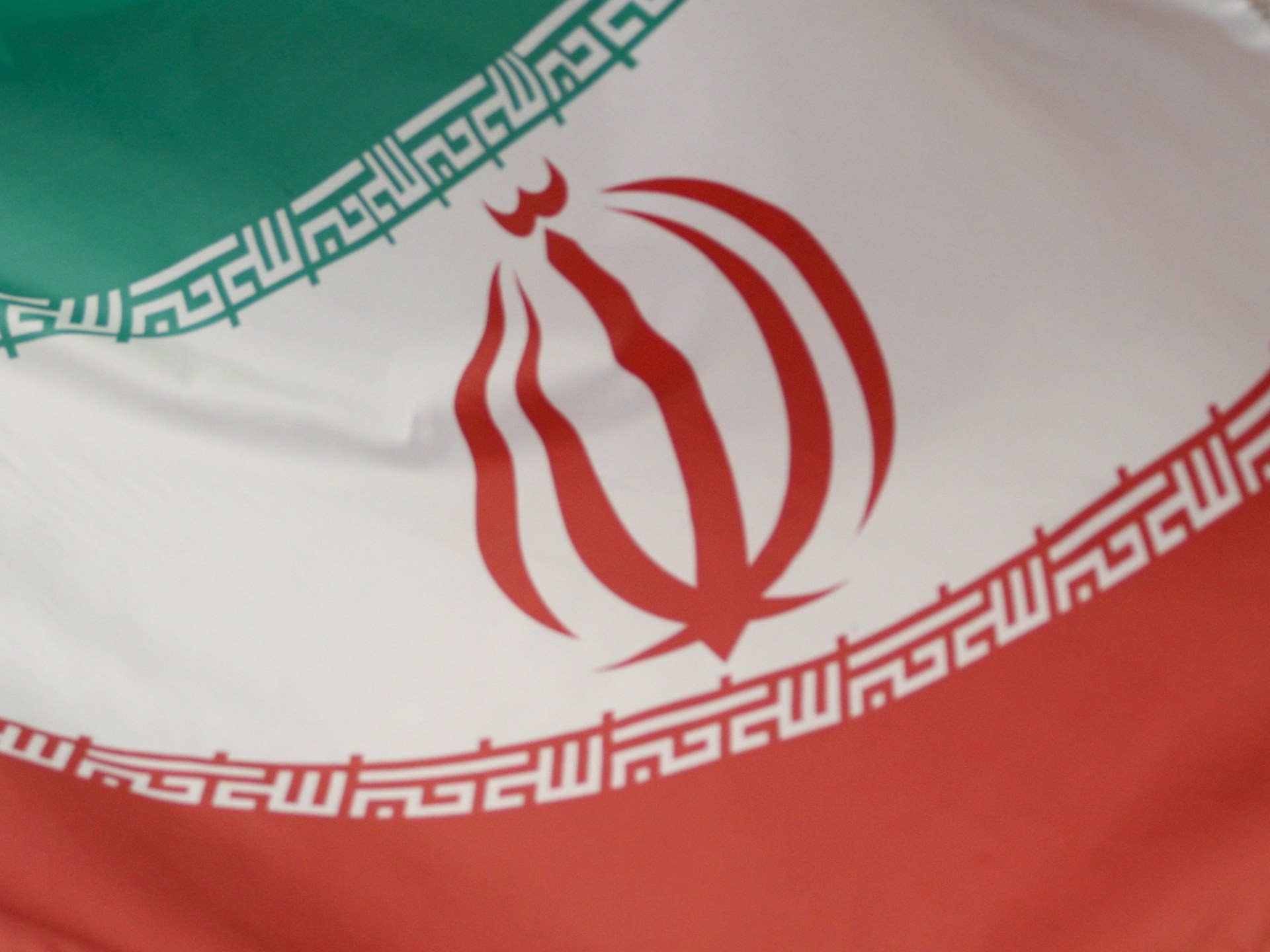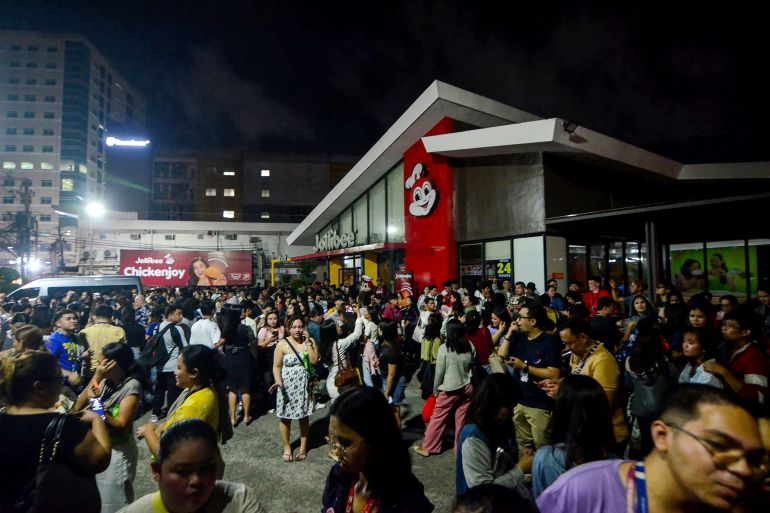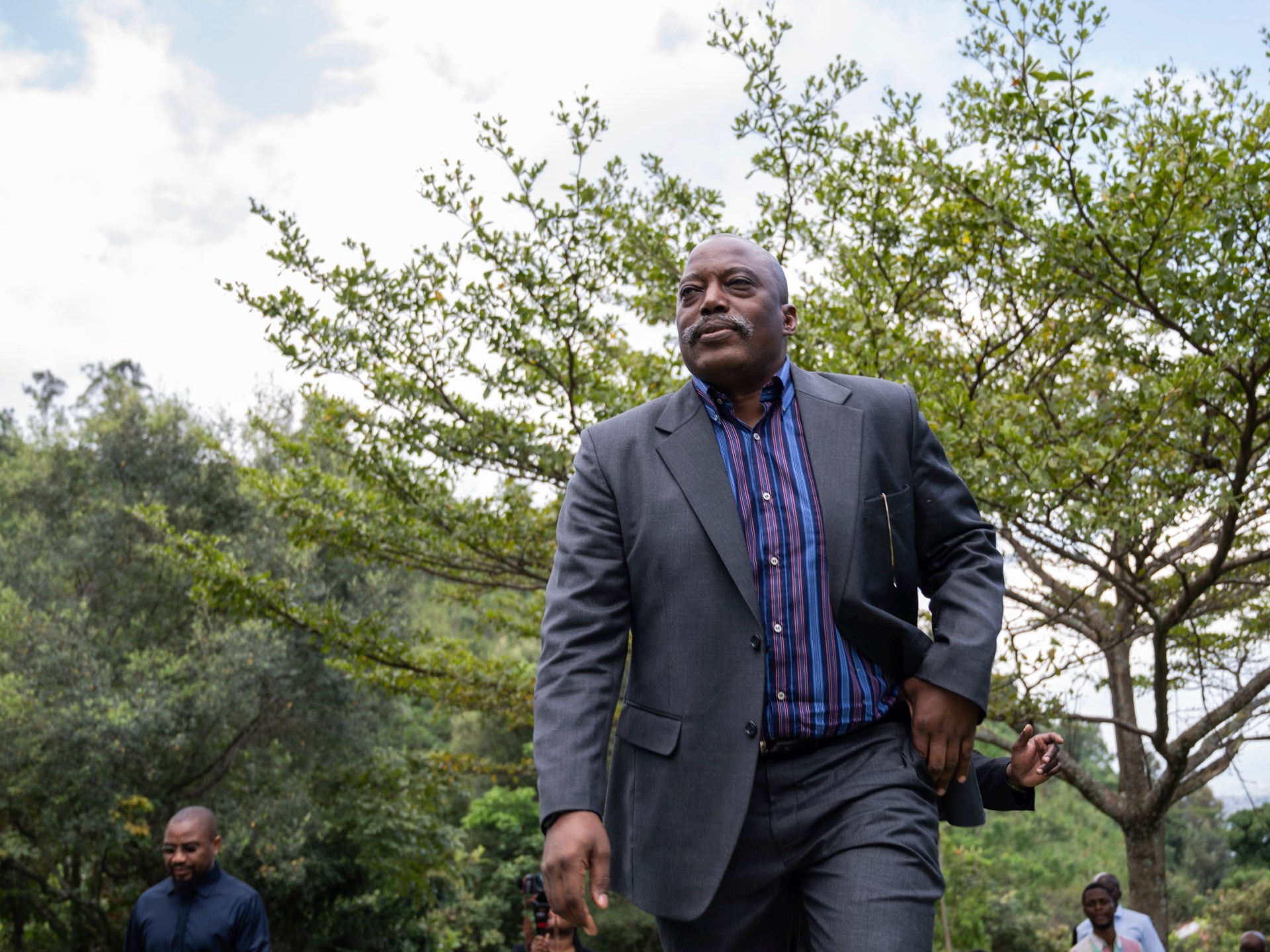Dallas, United States – Melinda, a teacher at a Dallas high school, has an easy way to predict if her students will have a good day.
“If they show up and they’ve had breakfast, it’s a really good day,” said Melinda, who has worked as a Texas teacher for 13 years. Her students showing up fed, she added, “is rarer than you think”.
Recommended Stories
list of 4 itemsend of list
To help, Melinda spent about $45 per week on breakfast items and snacks during the last school year. While such practices are common among US teachers, she asked Al Jazeera not to use her real name. However, rising prices for groceries and school supplies may force her to stop, especially since Texas teachers’ salaries are not keeping up with inflation.
When Melinda went to the store in late August, the same items now cost her $56 per week. That means, over the course of a school year, she could spend $400 more for the food her students rely on.
“I’m trying to work out how to keep that in my budget, because prices are just crazy, and I like to keep it to where it’s [available to all students] so people aren’t singled out.”
Melinda’s worries are just one example of a broader problem brewing in the United States. After the administration of US President Donald Trump issued an onslaught of tariffs on countries around the world, Americans are seeing price increases creep into their lives. Rising costs of groceries, bills, rent and essential baby items are creating new burdens for people across the country, millions of whom work more than one job.
Pinching pennies
Tariffs are the rate that importers must pay to import their goods, and some economists have pointed out that it will take time for US consumers to bear the full brunt of Trump’s tariffs.
That’s no small comfort for Katie Ventre, a 37-year-old Long Island resident who oversees payroll, finances and HR for her father-in-law’s auto repair company. Her husband is the CEO of the company, and together, they’re trying to start a car rental service. Increases in grocery prices – especially the cost of fruit, eggs and milk – have been frustrating for their family, Ventre told Al Jazeera, but the auto business has been hit even harder.
“We just had the worst two months in the last eight years,” she said in early September. To pinch pennies, she said, customers are reducing the amount they spend, or delaying repairs altogether. Meanwhile, the Ventres raised their prices in an attempt to offset the cost of imported goods.
“It’s not just us,” Ventre added. “We have a towing company we work with that’s seeing a slowdown … and all our vendors are addressing [the tariffs] in their own way. Some are raising prices, some are trying to wait and see if things get better.”
Other companies aren’t waiting. The think tank Groundwork Collaborative has been tracking earnings calls and the remarks that C-suite executives have made about price increases, and in a new report, they detail how some companies are using the tariffs as cover to hike prices.
“The indirect effect of tariffs is that it gives steel producers and the mills and other fabricators … great cover for increased pricing in some cases,” Aaron Jagdfeld, CEO of the power generation products company Generac Power Systems, said on an earnings call this summer.
Among those raising prices are the security and digital products company Fortune Brands Innovations Inc, the footwear company Rocky Brands and the apparel company Hanesbrand, whose CEO, Stephen Bratspies, said the company is “seeing tariff-related disruptions creating incremental revenue opportunities in the market”.
Russell Diez-Canseco, the president and CEO of Vital Farms, put it more succinctly in a recent call to investors: “The price we’ve talked about, that is more than sufficient to cover the impact of the tariffs.”
Elsewhere, major brand names like Walmart and household goods titan Procter & Gamble are raising prices and attributing the move to the cost of tariffs. Several studies show such increases are already impacting customers’ wallets.
In a July 3 survey, nearly half of the likely voters interviewed told the Groundwork Collaborative and Data for Progress that Trump’s tariffs are having a negative impact on their monthly finances, with only 16 percent reporting a positive impact.
Back-to-school season exacerbated these issues, as prices rose on everything from shoes to essential items as simple as pencils.
“Parents are facing price increases across a number of categories when it comes to school supplies,” Sarah Dickerson, a research economist at the University of North Carolina at Chapel Hill, told a local TV station. “If we look at pencils, for instance, we know the wooden pencils are imported from Brazil. We are anticipating price hikes there.”
Canary in the coal mine
Lindsay Owens, the executive director of the economic think tank Groundwork Collaborative, told Al Jazeera that fall 2025 will offer the strongest picture yet of how tariffs are affecting the US economy.
“We have long expected that some of the big price hits would drop in the fall,” said Owens, whose organisation researches how the economy impacts consumers and workers.
“Back to school season is kind of the canary in the coal mine, but we’re expecting high prices for Halloween items, for costumes, things like that that are coming in from China. We’re also expecting some of these impacts to flow through to Christmas, whether that’s price hikes on toys or even supply chain issues where there are just fewer toys available.”
Owens says rising prices and the cost of living have been the top economic issues for Americans since 2021. Now, tariffs are further influencing what Americans buy, where they buy it and, in some cases, the jobs they work or pursue.
According to recent data from the Bureau of Labor Statistics (BLS), nearly 8.8 million Americans are working more than one job – down just slightly from the all-time high of 8.9 million in February.
Kay Alexander, a 30-year-old in Austin, is one of those Americans with multiple jobs.
Alexander lost his job in the tech industry during a round of layoffs at the beginning of 2025. He drastically cut his food spending and started looking for a cheaper apartment, which proved nearly impossible in Austin.
“Prices surge within a few months without any notice,” he said.
Shortly after the layoff, he noticed “daily essentials” such as groceries becoming more expensive. BLS data shows the cost of groceries has risen 29 percent since February 2020, while another study shows prices are up almost 3 percent from this time last year.
Alexander and his partner cut out snack foods and opted for the cheapest possible option for items like eggs and milk, which still weren’t that cheap. Plus, he added, “I can taste the difference.”
“It’s definitely shifted the way that we shop and the way that we eat,” he said of the tariffs. Even now that he has found a pair of part-time jobs and feels more comfortable dining out or going to a bar, he says he is still focused on saving “as much money as possible”.
“It’s hard to put in words the trauma of a job loss right now, when you know you might have to replace that one job with two others,” he said. “So I’m trying to save and do whatever I can to avoid that feeling.”
He has gotten used to buying lower-quality groceries, but now he feels as if his quality of life is worsening. For instance, he’s grown to like one of his part-time jobs even more than his project management work in the tech industry. But he feels drawn back to the volatile tech sector, if only to pay his higher bills.
“I really have to figure out, am I going to go to work and make sure that I can keep up with my bills, or am I going to show up for myself and make sure that I’m OK?” he said.
‘Food is discretionary’
Isabel Deniz, a 31-year-old living in Austin, Texas, agrees.
She worked in social media marketing until a layoff in late 2024, and any given month, she may be working up to six side gigs to keep up with rent and other bills.
When she was interviewed for this story, she was selling clothes on the online marketplace Poshmark, working as a theatre stagehand and cutting and stamping craft ice cubes for cocktail bars. Then, shortly after, she picked up yet another job: bail bond runner.
“I’m enjoying not being in front of a screen and actually talking to people face to face and moving my entire body around, but it’s also like, I need three of those jobs to survive,” she said, adding that all her friends are working more than one job.
“Going outside is expensive,” she said. “The second you step outside, it’s like, ‘That’ll be $20’.”
That means she is constantly examining what qualifies as a discretionary expense.
“Food is discretionary at this point, and it’s like, ‘Oh, sick, a disposable income of $42. What am I going to do with 42 bones?’” she said. “I’m worried the worst is on the way.”





